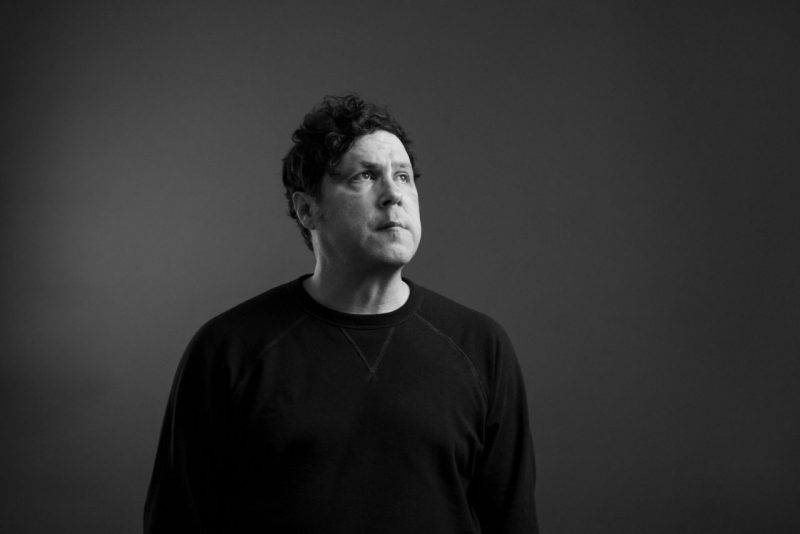Damien Jurado and Nick Thune are Sad Music, Sad Comedy
Singer-songwriter Damien Jurado and comedian Nick Thune are both prominent artists from greater Seattle, but they never met until their mutual friend and collaborator, Richard Swift, died of complications from alcoholism in May, 2018.
Swift was a producer and multi-instrumentalist that worked with groups like the Shins and the Black Keys. Thune and Jurado came together to eulogize Swift at his memorial show, and became friends.
“I had never met him before, my oldest son and I were both big fans of Nick,” said Jurado. The show went so well that the two have decided to tour the east coast together, bringing music, comedy and sadness to L’Astral on Jan. 24. The show has Thune doing new jokes and stories, and Jurado playing cuts off of his newest album, In the Shape of a Storm.
Thune is a veteran comedian and actor whose Comedy Central half-hour debuted in 2008. He’s known for his laid-back and dry style, as well as his sharp wit. He seems like the friend who’s the funniest in the group and is always getting away with something. Thune came up playing acoustic guitar as a bed for his jokes and has always been attracted to music, having originally wanted to become a musician. On stage, he would often open with a line to warm up the crowd: “Can I get more laughter in the monitors.”
The romance of intoxication and drugs producing good art is false,” said Thune. “I don’t go running down these paths of a funny idea that I think I have when I’m drunk, then I hear about it when I’m not as drunk and I’m like ‘what was I thinking there?’”
While tired tropes of drugs and creativity populate all art forms, Thune noted that for him, sobriety was the clear path forward for not only his life, but his livelihood. When he was drunk, his thinking was clouded. “You’re really missing a lot more than you’re hitting. Right now with clarity and sobriety I’m hitting way more,” said Thune.
“Putting that show together, it felt like something that Richard would have loved to watch,” said Thune. Jurado and Swift were longtime collaborators. He produced songs on In The Shape of a Storm, which Jurado says makes up most of his setlist. The record is stripped down to just Jurado and his guitar. The songs are written intimately with themes of love––they are as vulnerable as they are powerful. This is sure to be a unique contrast with Thune’s brand of humour. “It’s fun because the audience feels like they’re getting different drugs,” said Thune.
“It’s a sense of laughter and sadness,” said Jurado. “I don’t have any expectations. Each individual person’s going to get their own experience out of this.”
The two cite influences in musical comedy, but the formula of a musician and a separate comedian on stage is rarely done. The duo share a bond that transcends art in their friendship with Swift.
“I was on stage and I was thinking to myself this is so crazy that Richard’s not here, to witness Nick and I not just being friends now but also going on tour,” said Jurado. “It’s a very strange missing part of the puzzle here.”
The show is sure to be a night of laughter and tragedy, and a common thread of two friends from the Pacific Northwest who shared a close friend. “Damien goes on first and makes you think about life, then I come on and make you want to end your life,” said Thune.
Speaking to them from their hotel in Pennsylvania, the two clearly share a sense of humour. I asked what Jurado and Thune want people to take away from this tour. “A ton of merch,” Thune said.
Sad Music, Sad Comedy plays at L’Astral on Jan. 24, at 8:00 p.m.
